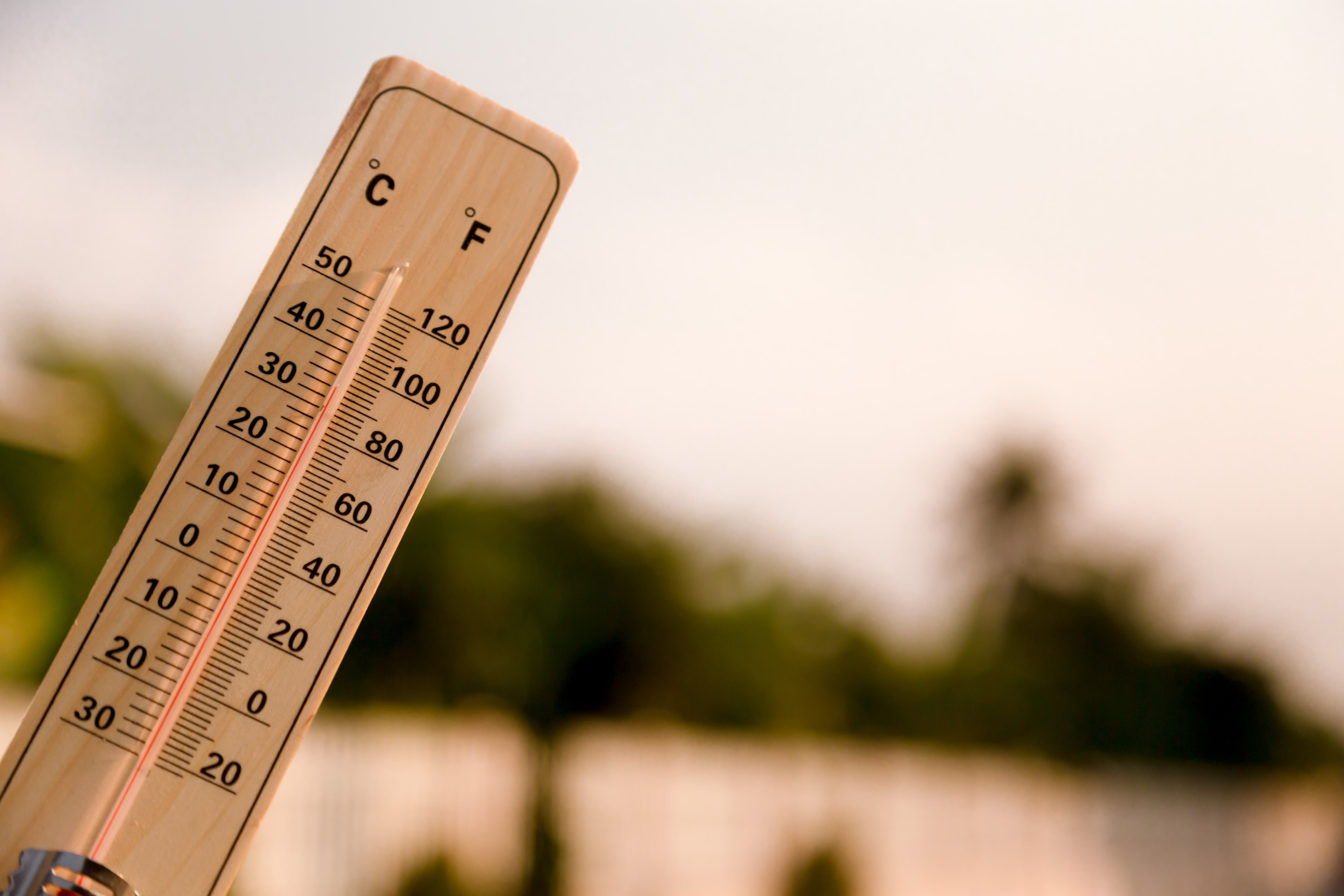Background: July 2006 was the first major heat wave in France after the creation of a heat prevention plan. Understanding its impacts on health will help improving the efficiency of this plan. We assessed the mortality impact of the heat wave, and investigated the influence of the heat prevention plan. Methods: The study focused on nine French cities. A Poisson regression model was used to analyze the correlation between temperature, air quality and mortality. An additional spline of time was introduced to capture an additional heat wave effect. Heat-action days defined by the prevention plan were introduced as a dummy variable.Results: 411 extra deaths were observed in the nine cities during the 2006 heat wave. Unlike the 2003 heat wave, no additional heat wave effect was observed in 2006. The maximum daily relative risk of mortality varied from 1.45 in Strasbourg (IC 95% [1.01-2.08]) to 1.04 in Lille (IC 95% [0.92-1.18]). The impact on mortality of the implementation of heat-action days was non-significant and highly variable depending on the cities, with a combined excess of relative risk of -3.3% (IC 95% [-10.3%; 4.4%]). Conclusions: Although no specific heat wave effect was observed, warm temperatures and air pollution were still responsible for a significant excess mortality in France. The absence of a specific heat wave effect may be partly explained by the prevention plan. It may also indicate that higher temperatures are required to observe a mortality outburst.
Auteur : Pascal M, Le Tertre A, Saoudi A
PLoS currents, 2012, n°. 4, p. RRN1307


